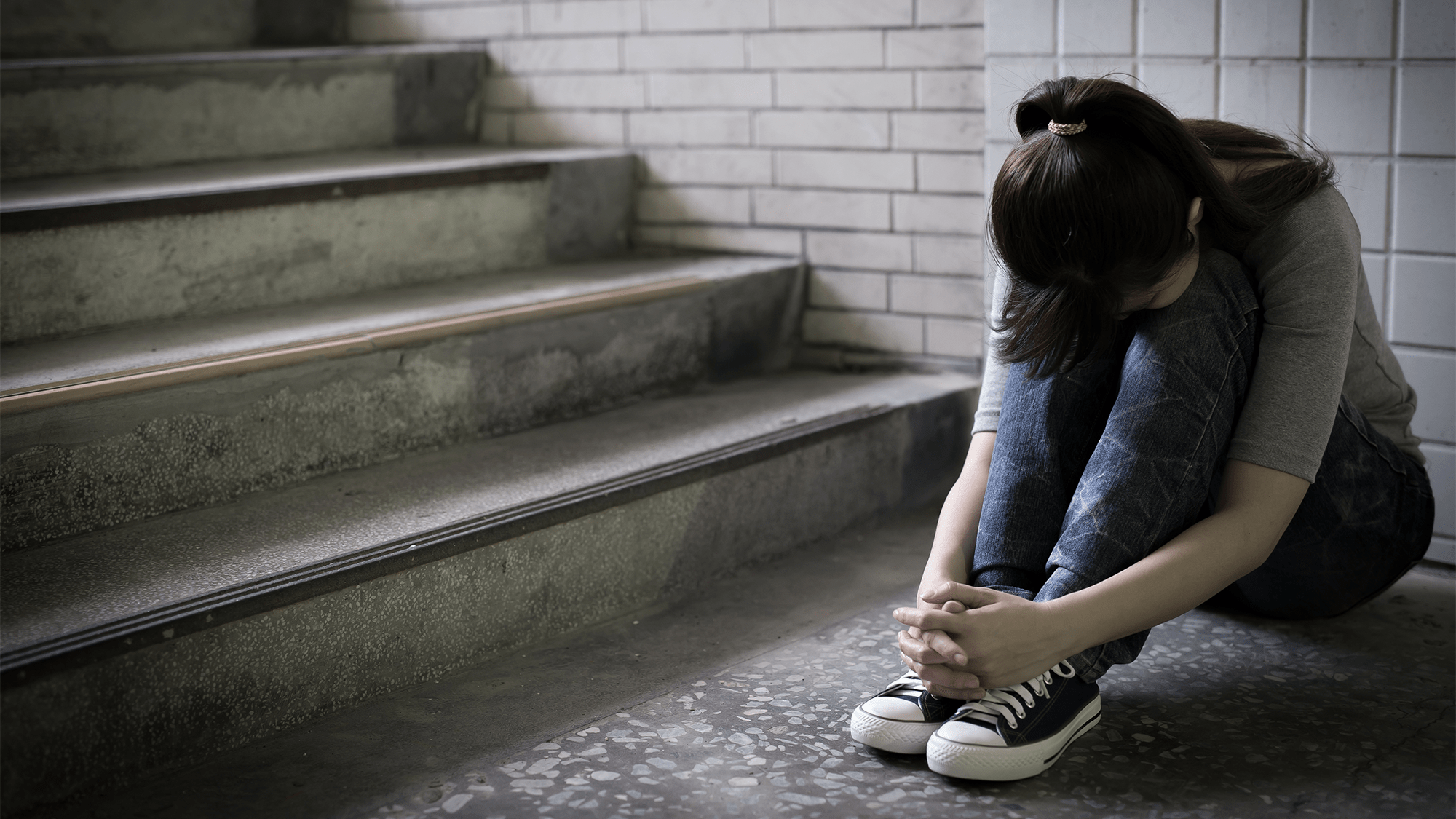

Adolescence and its raging hormones and major physical and emotional changes has always been a fraught period of time. Add onto that the threats of climate change, constant mass shootings, the COVID-19 pandemic, and continued societal injustice and it’s a hard time to be young in the United States. The data collected in the 2021 Youth Risk Behavior Survey is revealing just how “engulfed” in violence and trauma teens are, especially teenage girls.
Nearly one in three high school-aged girls reported 2021 that they seriously considered suicide in 2021. This is a huge jump of nearly 60 percent from a decade ago, according to new data released from the Centers for Disease Control and Prevention (CDC) on February 13. Teen girls additionally reported experiencing distress at twice the rate of teen boys.
The YRBS also found increased rates of mental health issues and suicidal behavior among teens who identified as lesbian, gay, bisexual, or questioning.
[Related: Some teenagers’ brains have been aging faster during the pandemic.]
“High school should be a time for trailblazing, not trauma. These data show our kids need far more support to cope, hope, and thrive,” said Debra Houry, CDC’s Chief Medical Officer and Deputy Director for Program and Science, in a statement. “Proven school prevention programs can offer teens a vital lifeline in these growing waves of trauma.”
The YRBS is conducted every other year, but this survey done in fall of 2021 was an especially crucial one. It is the first iteration of the survey where the COVID-19 pandemic was a factor. The pandemic has taken a toll on teenagers, many of whom were already struggling with mental health issues before the pandemic began. Many were dealing with social media pressures, family turmoil, the deaths of family members to COVID-19, and isolation. “These data make it clear that young people in the U.S. are collectively experiencing a level of distress that calls on us to act,” the authors wrote.
The survey asks teens about substance abuse, mental health, sexual behaviors, among other topics. The 2021 survey was also the first to ask about the social determinants of health (housing stability, food insecurity, etc.) and protective factors including parental involvement and connections with classmates.
Youth mental health has continued to get worse over the three decades that the CDC has been gathering data on adolescents and the American Academy of Pediatrics declared a national emergency in child and adolescent mental health in 2021 and 2022. This new survey found particularly stark increases in widespread reports of harmful experiences among teen girls.
The report found that about 18 percent of teenage girls reported experiencing sexual violence. a 20 percent increase from 2017. More than 14 percent reported being forced to have sex, a 27 percent increase since 2019.
“If you think about every 10 teen girls that you know, at least one and possibly more has been raped, and that is the highest level we’ve ever seen,” Kathleen Ethier, director of the CDC’s Division of Adolescent and School Health, told The Washington Post. She also said that the the rise of sexual violence almost certainly contributed to the glaring spike of depressive symptoms. “We are really alarmed.”
[Related: Gender-affirming hormones can improve teens’ mental health and life satisfaction.]
Worsening levels of persistent sadness or hopelessness were found across all racial and ethnic groups, with an increase in suicide attempts among Black and White youth. However, Black and Hispanic students were more likely than their White or Asian classmates to avoid school due to safety concerns. White students were also more likely to experience sexual violence than Asian, Black, and Hispanic students, and they were the only group to see an increase in sexual violence. Alaska Native and American Indian high school students were more likely than other racial or ethnics groups to have been raped.
Close to 70 percent of LGBQ+ students reported feeling persistently sad or hopeless and more than one in five had attempted suicide in the past year. The 2021 survey did not have a question assessing gender identity and did not highlight data specifically on students who identify as transgender, so the “T” commonly used in the acronym LGBTQ+ was not included when referring to the data. However, the authors believe that strategies to improve adolescent health should be inclusive of all youth who identify as LGBTQ+.
Some of the positive findings of the new survey were that teens experienced lower rates of certain risky sexual behaviors (including general sexual activity and having multiple sex partners), substance abuse, and bullying at school.
The researchers wrote that schools can play a major role in helping address these issues through offering programs and connections that can protect against adverse mental health issues, such as youth development programs and inclusivity efforts. They also said that schools can link students and families with community resources and provide more mental, physical, and sexual health education.
Contact the 988 Suicide & Crisis Lifeline if you are experiencing mental health-related distress or are worried about a loved one who may need crisis support. Call or text 988. Chat at 988lifeline.org. Connect with a trained crisis counselor. 988 is confidential, free, and available 24/7/365. Visit the 988 Suicide & Crisis Lifeline for more information at 988lifeline.org.
